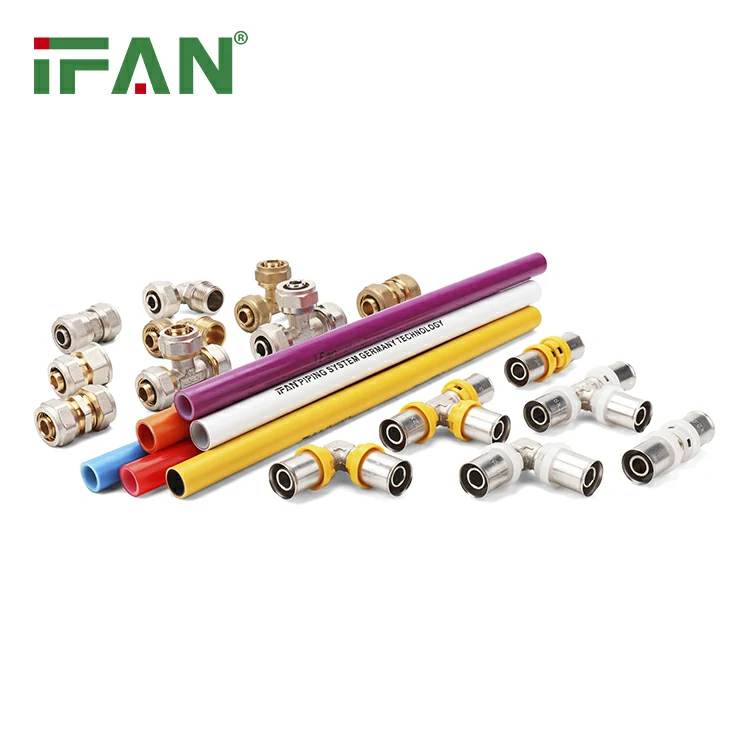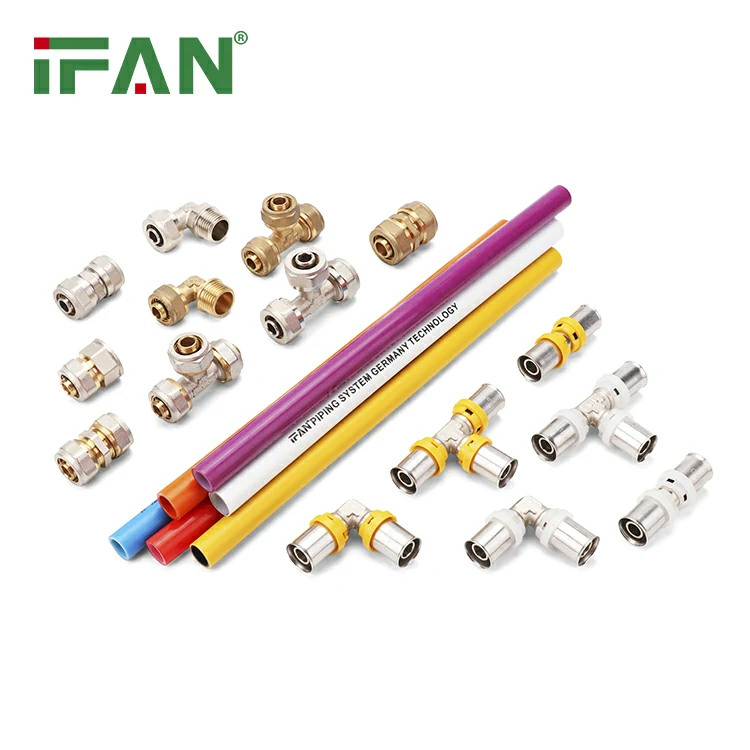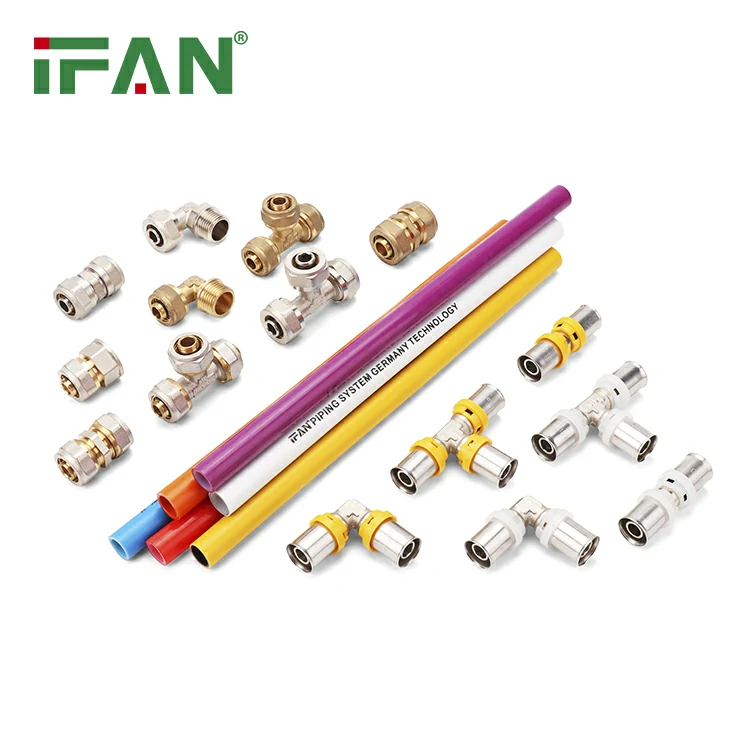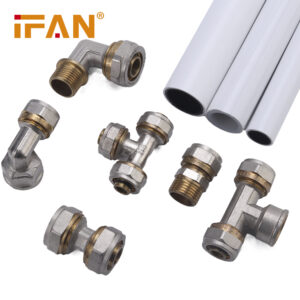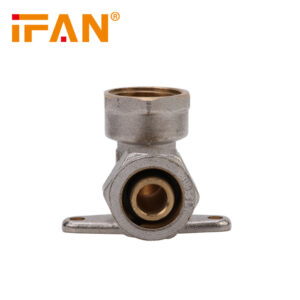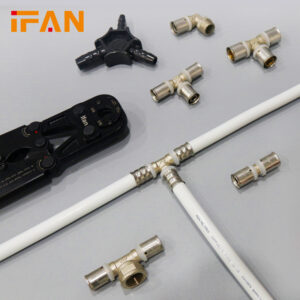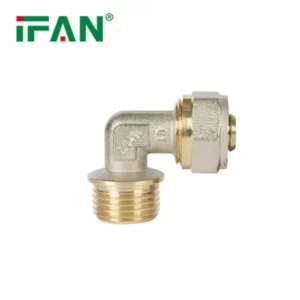Description
IFAN factory 30+ years manufacture experience support color /size customization support free sample.Welcome to consult for catalog and free samples.This is our Facebook Website:www.facebook.com,Click to watch IFAN’s product video.Compared with Tomex products, our IFAN products from quality to price are your best choice, welcome to buy!
When planning a plumbing project, whether it’s for a new construction, home renovation, or simple repairs, choosing the right materials and fittings is crucial. One of the most popular options in modern plumbing systems is **PEX (cross-linked polyethylene)**, a flexible, durable, and cost-effective piping solution. At the heart of a successful PEX plumbing system are **PEX pipe fittings**, which ensure secure, leak-free connections between the pipes and fixtures. In this article, we’ll dive into everything you need to know about PEX pipe fittings, including their benefits, types, installation tips, and maintenance considerations.
Why Choose PEX Pipe Fittings for Your Plumbing Projects?
PEX pipe fittings have gained significant popularity in recent years due to their unique advantages over traditional piping systems. Understanding why PEX fittings are a smart choice for plumbing projects will help you make an informed decision.
1. Flexibility and Ease of Installation
One of the primary advantages of PEX fittings is the flexibility of the PEX piping itself. Unlike rigid copper or PVC pipes, PEX is bendable, which means it can easily navigate around obstacles and fit into tight spaces without the need for additional joints or fittings. This flexibility allows for faster installations and reduces the number of potential weak points in the system, minimizing the chance of leaks.
In addition to the flexible nature of the pipes, PEX pipe fittings themselves are easy to install. There are various types of fittings (crimp, push-fit, clamp, and expansion fittings) that cater to different installation methods. Push-fit fittings, for instance, require no tools and make the installation process even faster and simpler.
2. Cost-Effective
PEX piping and fittings tend to be more affordable than traditional copper and steel options. The material costs are lower, and the flexibility of PEX reduces the labor costs associated with installation. Additionally, PEX fittings are less expensive than their metal counterparts, making them a cost-effective choice for both DIY projects and professional plumbing jobs.
3. Durability and Resistance to Corrosion
PEX is known for its exceptional durability. Unlike copper pipes that can corrode or develop scale buildup over time, PEX pipes and fittings are resistant to corrosion, rust, and chemical degradation. This makes PEX a long-lasting solution, reducing the need for frequent repairs or replacements. With PEX fittings, your plumbing system is built to withstand the test of time, providing reliable performance for many years.
4. Improved Water Flow
The smooth inner surface of PEX pipes and fittings allows water to flow more freely compared to other materials like copper or PVC. Reduced friction within the pipes means fewer chances of clogs and a better flow rate. This efficiency is particularly important in larger plumbing systems where water pressure and flow are critical.
5. Freeze Resistance
One of the unique benefits of **PEX fittings** is their ability to withstand freezing temperatures better than copper or PVC. PEX pipes can expand slightly when water inside them freezes, reducing the risk of bursting. This makes **PEX** a preferred choice in areas where cold temperatures are common.
Types of PEX Pipe Fittings
Understanding the different types of **PEX pipe fittings** is essential for selecting the right fitting for your project. There are four main types of fittings, each with its own set of benefits.
1. Crimp Fittings
Crimp fittings are one of the most widely used types of **PEX pipe fittings**. They require a special crimping tool to secure the fitting onto the PEX pipe. This type of fitting is reliable and creates a strong, leak-proof connection. Crimp fittings are commonly used in both residential and commercial plumbing systems.
2. Clamp (Cinch) Fittings
Clamp fittings, also known as cinch fittings, are similar to crimp fittings but use a stainless steel clamp to secure the connection. The clamp is tightened using a cinch tool, which provides a secure seal. Clamp fittings are often chosen for DIY projects due to their ease of use and relatively low cost.
3. Push-to-Connect Fittings
Push-to-connect fittings are the easiest to install because they require no tools. To make a connection, you simply push the PEX pipe into the fitting, and a built-in mechanism holds the pipe in place. This type of fitting is perfect for quick repairs or modifications, and it’s ideal for homeowners or professionals who want to avoid the hassle of using crimping or cinching tools.
4. Expansion Fittings
Expansion fittings are used in combination with an expansion tool that temporarily expands the PEX pipe to allow the fitting to be inserted. Once the pipe contracts, it forms a tight seal around the fitting. Expansion fittings are most commonly used in larger commercial plumbing projects, though they can also be used in residential installations.
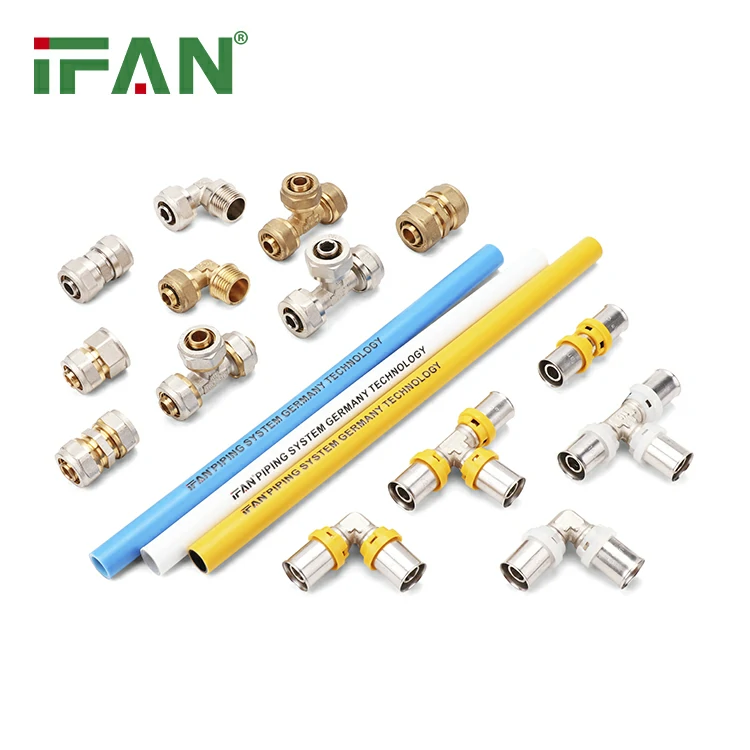
Installing PEX Pipe Fittings
Installation of PEX pipe fittings is relatively straightforward, but it’s essential to follow proper steps to ensure a secure and leak-free connection. Here’s a basic guide to installing PEX fittings:
1. Prepare the Pipe
Before attaching any PEX fittings, make sure the pipe is cut to the correct length and that the ends are smooth and free from burrs. Using a PEX pipe cutter ensures a clean, straight cut.
2. Select the Right Fitting
Choose the appropriate type of PEX fitting for your installation. If you’re using crimp fittings, ensure you have the correct crimp rings. If you’re using push-fit fittings, ensure the fittings are designed for the specific diameter of PEX pipe you’re working with.
3. Secure the Fitting
For crimp or clamp fittings, place the crimp ring or clamp around the pipe and slide the fitting onto the pipe. Use the appropriate tool to secure the fitting tightly in place. If using push-fit fittings, simply push the pipe into the fitting until it clicks or locks into place.
4. Test the Connection
After installation, turn on the water supply and check for leaks. It’s a good idea to inspect the connections periodically, especially during the first few hours or days after installation, to ensure everything is sealed properly.
Maintaining PEX Pipe Fittings
Although PEX fittings are durable and low-maintenance, there are a few things you can do to ensure your plumbing system remains in top condition:
1. Check for Leaks: Periodically inspect the connections for signs of leaks, especially after installation or major system changes.
2. Protect Against UV Exposure: PEX pipes and fittings can degrade if exposed to UV light. If your plumbing system runs through areas with sunlight exposure (e.g., basements with windows), cover the pipes or use UV-resistant PEX.
3. Avoid Kinks: While PEX is flexible, it can kink if bent too sharply. Always handle PEX carefully during installation to avoid damaging the pipe.
FAQs About PEX Pipe Fittings
1. What are PEX fittings made of?
PEX fittings are typically made from materials like brass, copper, or durable plastic, depending on the type and purpose of the fitting.
2. Can PEX fittings be used for hot water systems?
Yes, PEX fittings are suitable for both hot and cold water systems. PEX is designed to handle water temperatures up to 200°F (93°C), making it ideal for hot water applications.
3. Are PEX pipe fittings reusable?
Some types of PEX fittings, like push-fit fittings, can be reused, but it’s generally recommended to replace crimp or clamp fittings to ensure a proper seal.
4. How long do PEX pipe fittings last?
PEX fittings are highly durable and can last for decades. The material is resistant to corrosion, rust, and scale buildup, ensuring long-term reliability.
5. Can I install PEX fittings myself?
Yes, PEX fittings are designed for both professionals and DIY enthusiasts. Many fittings, especially push-fit and clamp fittings, are easy to install without specialized tools.
In conclusion, PEX pipe fittings are a versatile, cost-effective, and durable option for any plumbing project. Their ease of installation, long lifespan, and resistance to corrosion make them a popular choice among both professionals and DIY enthusiasts. Whether you’re installing a new plumbing system or upgrading an old one, **PEX fittings** provide the reliability and performance needed for a leak-free, efficient water system.
Related products
-
Compression fitting
The Advantages of PEX Compression Fittings: A Comprehensive Guide
-
Compression fitting
Pex Elbow With Seat
-
PEX Pipe fitting
Brass Press Fittings
-
Compression fitting
IFAN PEX Compression Fitting


